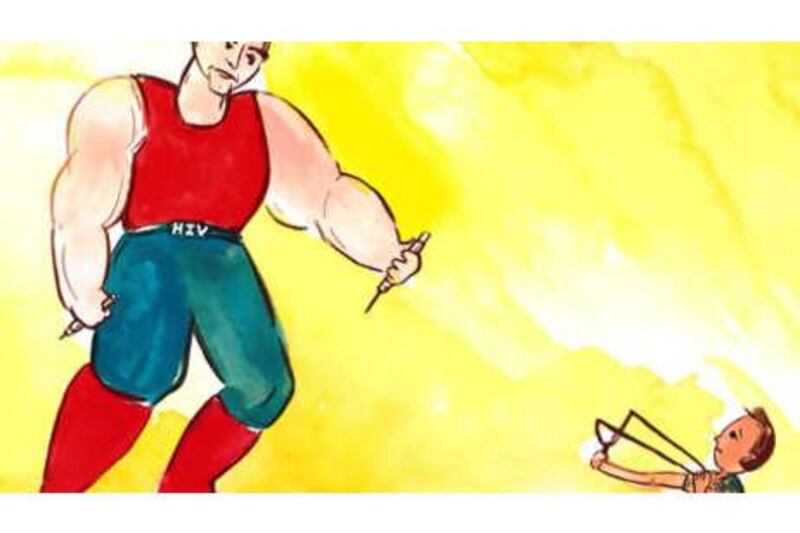The 18th International Aids Society meeting in Vienna last week pushed HIV and Aids into the headlines again. These days, that's rare. A couple of optimistic angles have received the bulk of recent coverage: a microbicidal gel that has reduced infection rates among South African women and the intriguing notion that temporary celibacy could save the worst-hit regions. HIV, according to this second strategy, is most contagious for a month after infection. Then the risk to others drops sharply. By carving a four-week break in the pattern of transmission, researchers say, the incidence of new cases could be greatly cut.
The larger story, alas, doesn't make such good copy. Aids is grim, mainly foreign and, in a significant sense, faceless. Shifts occur at the statistical level where the battle-lines of infection and intervention move slowly. The big picture is hard to grasp and, for many, hard to care about. In the West, improved drugs have downgraded a terminal illness into a chronic condition. In 2005 the G8 promised to extend the same privilege to HIV sufferers throughout the world. That goal is still far off and spending has stalled, yet there is a general sense that the storm has passed. Don't be fooled.
The problem in Sub-Saharan Africa (which accounted for 71 per cent of the world's new infections in 2008, according to the UN) is well-known, though not well understood. It was thought that a culture of simultaneous sexual relationships was the culprit. In October a report in The Lancet gave this theory short shrift. The correlations, it appears, don't check out. That's a problem. What behaviour should campaigners target instead?
One bleak possibility is that bad medical hygiene, including the reuse of hypodermic needles, may be to blame. This is a delicate question because it threatens the same people who are working to tackle the virus. The battle against HIV is everywhere riddled with such political complexities. In this month's Foreign Affairs magazine the former US ambassador to Nigeria argues that the very scale of America's spending on African Aids relief has tied its hands. Withdrawing funds would lead to deaths, so the US can't credibly threaten that. Yet such are America's existing commitments that it can't afford new incentives either. The stick and the carrot alike are ruled out. Recent intransigence on the parts of the Ethiopian and Ugandan governments is one result.
Different political problems lie behind the HIV explosion currently ripping through the former USSR. There the proximate cause is the rise in intravenous drug use among teenagers. One quarter of the world's recreational injectors live in the region. Five years ago in Moscow, according to Unicef, the average age at which drug users started to inject themselves was 16. That age appears to have fallen since. One third of new infections in the region are in the 15-24 age group and more than 80 per cent of people with HIV or Aids are under 30.
The pathos of these figures is compounded by the way that, according to a report by Unicef this month, post-Soviet, persistently authoritarian societies view the victims. "Negative attitudes and the denial of uncomfortable social realities lie at the root of children and young people's vulnerability to HIV infection," observes the paper, titled, rather crushingly, Blame and Banishment. Then again, it was ever thus. The prevailing social climate has always worked against HIV campaigners, charged as they are with steering us between the chasms of complacency and despair. Aids is a giant: it will take a lot of slaying. Without definite signs of progress, the hope of victory alone will have to sustain us now.





